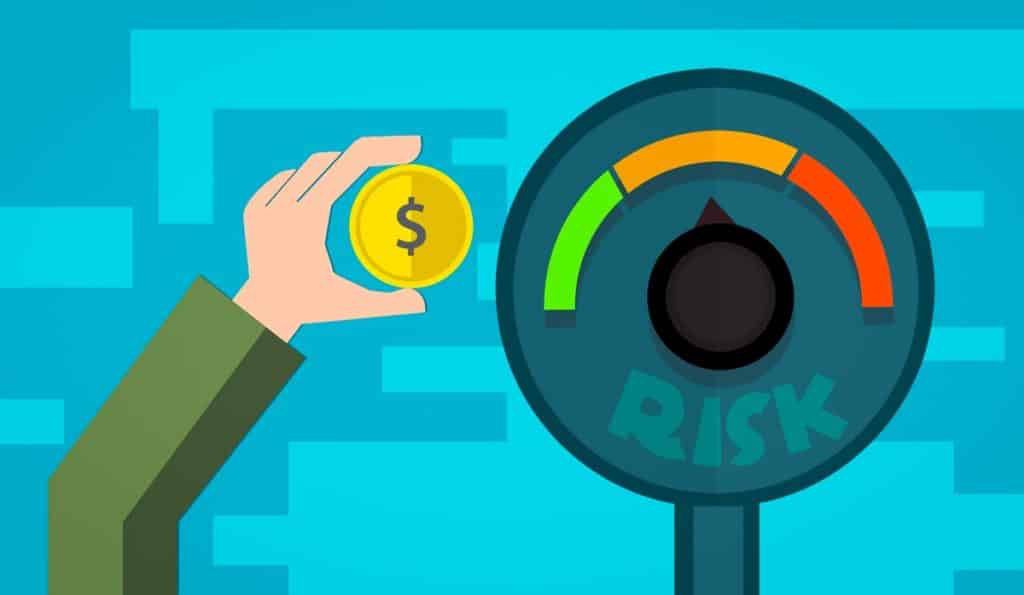Investing, often compared to a sea voyage, requires careful navigation through the rough and unpredictable waters of financial markets. To chart your course, understanding the fundamental concept of risk and its interplay with potential returns is crucial. The investment risk pyramid, a guiding star for many investors, offers a tangible model for grasifying risk levels and strategizing asset allocation.
This in-depth guide explores the intricacies of this pyramid, its structure, potential benefits, limitations, and real-life examples of its application. The goal is to empower you with the knowledge to leverage this tool effectively, shaping it to align with your unique investment goals and risk tolerance.
Exploring the Concept of the Investment Risk Pyramid
The investment risk pyramid is akin to a lighthouse, guiding investors amidst the stormy seas of investment decisions. This three-tiered model, starting from the broad and stable base of low-risk investments to the narrow and volatile peak of high-risk assets, provides a visual blueprint for diversifying your portfolio.
Much like a food pyramid that suggests you fill your plate mostly with grains, fruits, and vegetables and sparingly with fats and sweets, the investment risk pyramid suggests a robust base of low-risk investments and a smaller allocation to high-risk assets. This model aims to ensure your financial health by providing a balanced diet of investments that align with your risk appetite.

Peeling Back the Layers of the Investment Risk Pyramid
- Base (Low Risk): The base of the pyramid, its bulkiest portion, is reserved for low-risk investments. These include assets like savings accounts, government bonds, and certificates of deposit (CDs). For example, U.S. Treasury bonds, backed by the U.S. government’s full faith and credit, offer stability and modest returns. They act as the bedrock of your portfolio, offering consistent growth and preserving your capital.
- Middle (Medium Risk): The middle layer blends moderate risk and return. This tier includes blue-chip stocks like Microsoft or Apple, companies with a strong market presence and steady earnings. It also houses mutual funds such as the Vanguard 500 Index Fund, which spreads risk across a broad array of stocks, offering a safety net against the failure of any single stock.
- Peak (High Risk): The pyramid’s apex consists of high-risk, high-reward investments. These could be emerging market stocks, small-cap stocks, or speculative ventures like Bitcoin. While these assets can skyrocket in value, delivering substantial returns, they can also crash, leading to substantial losses. Take, for instance, the volatile world of cryptocurrencies: investing in Bitcoin or Dogecoin might offer unprecedented gains, or it might plunge you into significant losses.
Weighing the Pros and Cons of the Investment Risk Pyramid
Pros
- Pathway to Diversification: The pyramid offers a tangible model for diversifying your portfolio, enabling you to spread your capital across various risk levels and balance potential gains against losses.
- Visual Risk Management: The pyramid provides a visual reminder to confine high-risk investments to a small portion of your portfolio while ensuring a substantial allocation to low-risk assets.
- Demystifying Investment Principles: The pyramid turns complex investment concepts into a digestible visual, allowing even novice investors to understand the risk-return trade-off.

Cons
- Potential Oversimplification: The pyramid, while useful in its simplicity, could oversimplify the realities of investing. For instance, not all individual stocks carry the same level of risk, nor do all bonds offer the same level of safety.
- One-Size-Fits-All Approach: The pyramid presents a generic model that might overlook individual circumstances such as age, income, retirement goals, and risk tolerance.
- Limited Adaptability to Market Fluctuations: The pyramid does not adjust for changes in market conditions. For instance, during a recession, even typically ‘safer’ investments like bonds may carry higher risk.
Conclusion
The investment risk pyramid, while an incredibly useful visual guide, is not a definitive, infallible roadmap to investment success. It provides a helpful framework for diversifying your portfolio, but it should be molded to fit your unique financial circumstances, goals, and risk tolerance.
Consider the pyramid as your initial sketch on a canvas; the details, colors, and nuances depend on your personal situation and market dynamics. For example, if you’re nearing retirement, your pyramid may be more conservative, with a larger base and a smaller peak. If you’re a young investor with high-risk tolerance and a long investment horizon, your pyramid might lean towards a larger middle and top tier.
Remember to engage with a financial advisor and conduct thorough research to fine-tune your investment strategy. Stay flexible, adapt to market changes, and review your portfolio regularly. Successful investing is not just about knowledge and strategy; it also requires adaptability and resilience amidst market volatility. Your ultimate goal should be a robust and flexible portfolio, designed not just to weather the financial storms, but to thrive amidst them, propelling you towards your financial dreams.
